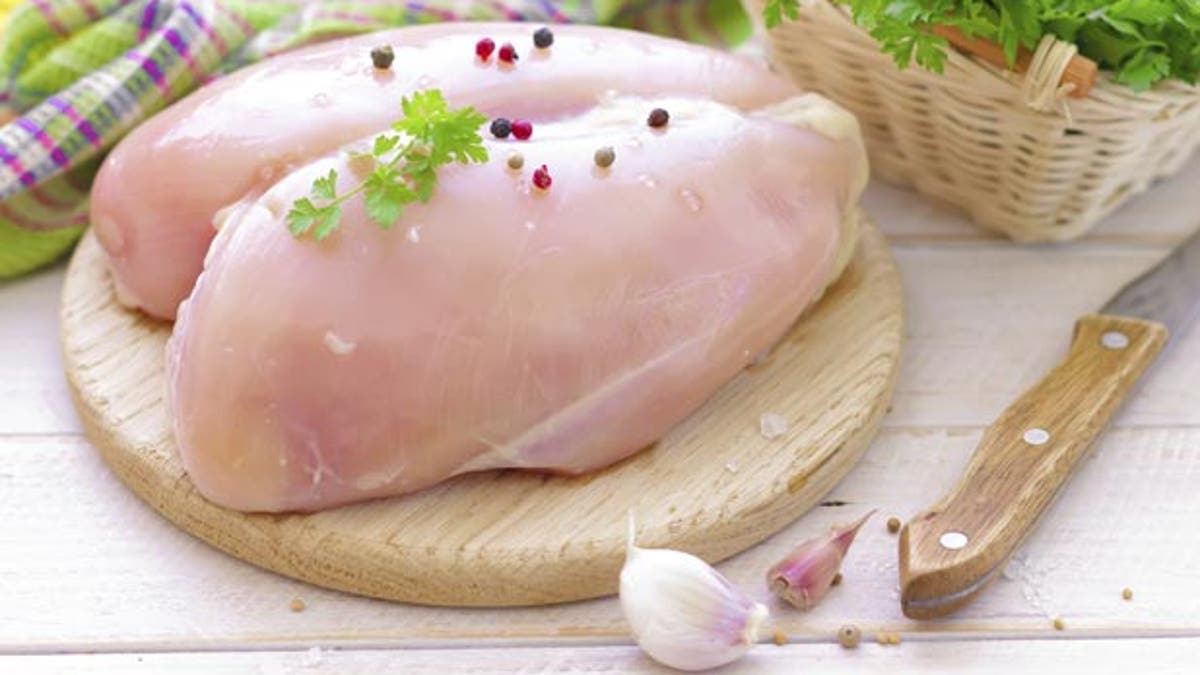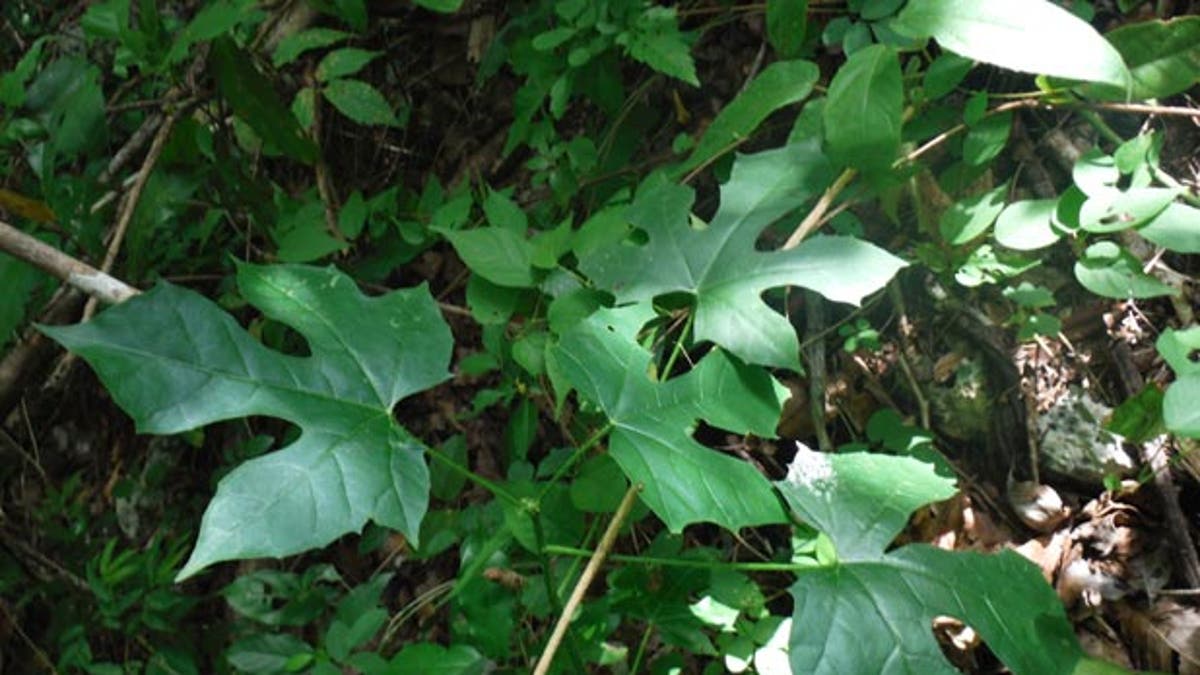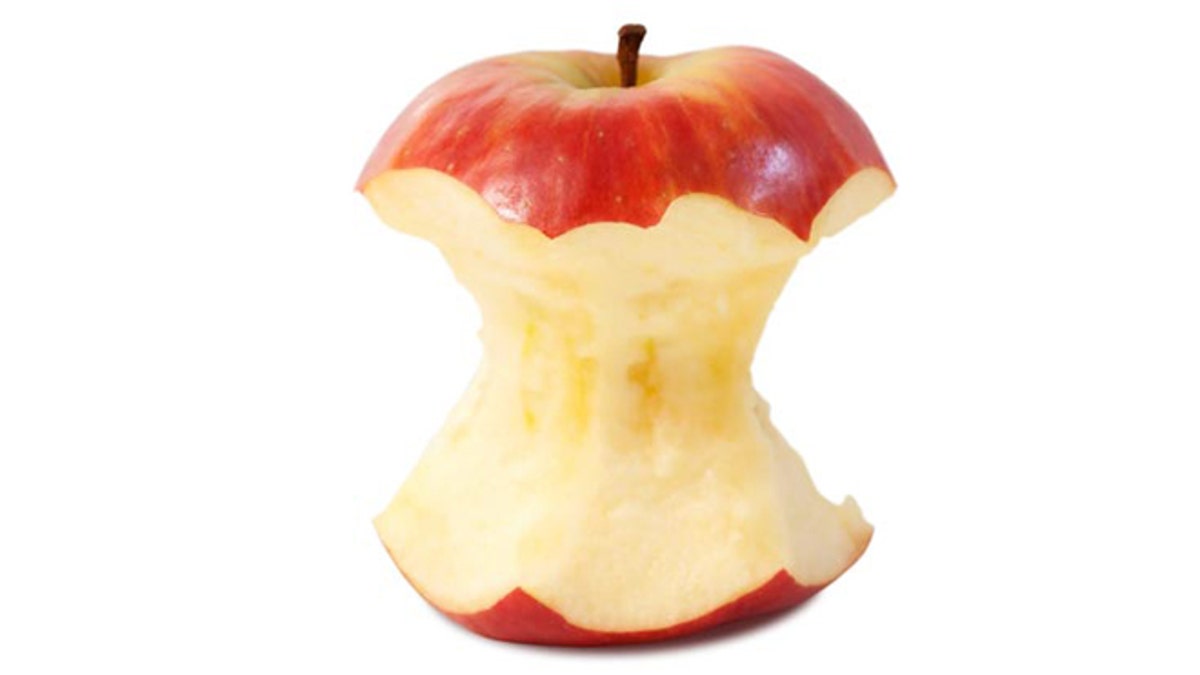Long, long ago, humans were capable of eating lots of things raw. Now, not so much. We’ve rounded up nine foods that you really need to cook before eating.
The earliest humans had a specialized organ whose chief purpose was to help digest cellulose (among other things): the appendix. Now that it’s vestigial, certain foods that are very high in cellulose, like kale spines, need to be removed and aren’t edible at all. But there are a host of reasons why some foods need to be cooked before eating, and the fact that they can’t be digested is just one of them.
The most obvious food that needs to be cooked is meat. Aside from it being difficult for our stomachs to process a big slab of raw meat, it can also be full of parasites and bacteria that can kill, like salmonella. Other foods contain poisons that need to be cooked off. Also, don’t forget that these foods tend to taste pretty bad.
Some of these foods might surprise you: yucca, also known as cassava, doesn’t just taste bad raw; it can also send you to the hospital if eaten uncooked. Others, like chicken, aren’t that surprising at all, but still good to know about. So read on to learn about nine foods that you shouldn’t eat raw, and why.
1. Chicken

(iStock)
Between the processing plant and the supermarket, raw chicken can pick up lots and lots of nasty little bugs that can send you to the hospital if eaten, so you should make sure that all chicken is cooked to at least 165 degrees. And there’s no need to rinse off chicken before you cook it: the bacteria will be killed during cooking, and the splashing water could infect your whole kitchen.
2. Chaya

(iStock)
Chaya is a "superfood" found in the Yucatan that was a favorite of the Mayans but hasn’t really caught on in the United States (yet). It’s similar to spinach, only it’s much stronger-tasting and only very small quantities of it can be eaten raw. Why? The leaves contain cyanide, which is obviously a deadly poison in large quantities. Boiling the leaves for five minutes neutralizes the toxin.
3. Yucca

(iStock)
Just like Chaya, yucca (or cassava root) also contains cyanide, or cyanogenic glycosides to be exact. High levels of the toxin are found in its leaves, which prevents it from being eaten by insects and animals, but some also makes its way into the edible root as well. In order to make this starchy tuber edible, it must be dried, soaked in water, rinsed, and cooked as soon as possible after harvest.
4. Eggs

(iStock)
Sure, Rocky might down raw eggs on a daily basis, but that doesn’t mean it’s smart. While they’re loaded with protein, raw eggs also have the possibility of containing salmonella, which infects about one out of every 30,000 eggs. And because it’s in the yolk, those who are concerned should never eat their yolks runny either.
5. Pits/Seeds of Apples, Mangos, Peaches, Pears, and Apricots

(iStock)
These you really shouldn’t eat at all; forget about cooking them first. If you crack open seeds and pits from fruits that contain them, the inside is soft and appears to be edible. But don’t eat it: it contains a chemical called amygdalin that can turn into — you guessed it — cyanide (who knew that so many foods contained cyanide?). Thankfully, you’d need to eat a whole lot of peach pits in order to get sick, but we wouldn’t chance it.
To see more foods you should never eat raw, check out the full list.
More from The Daily Meal
10 Ways to Eat Healthy When Dining Out
15 Foods That Will Help You Increase Your Vitamin Intake
